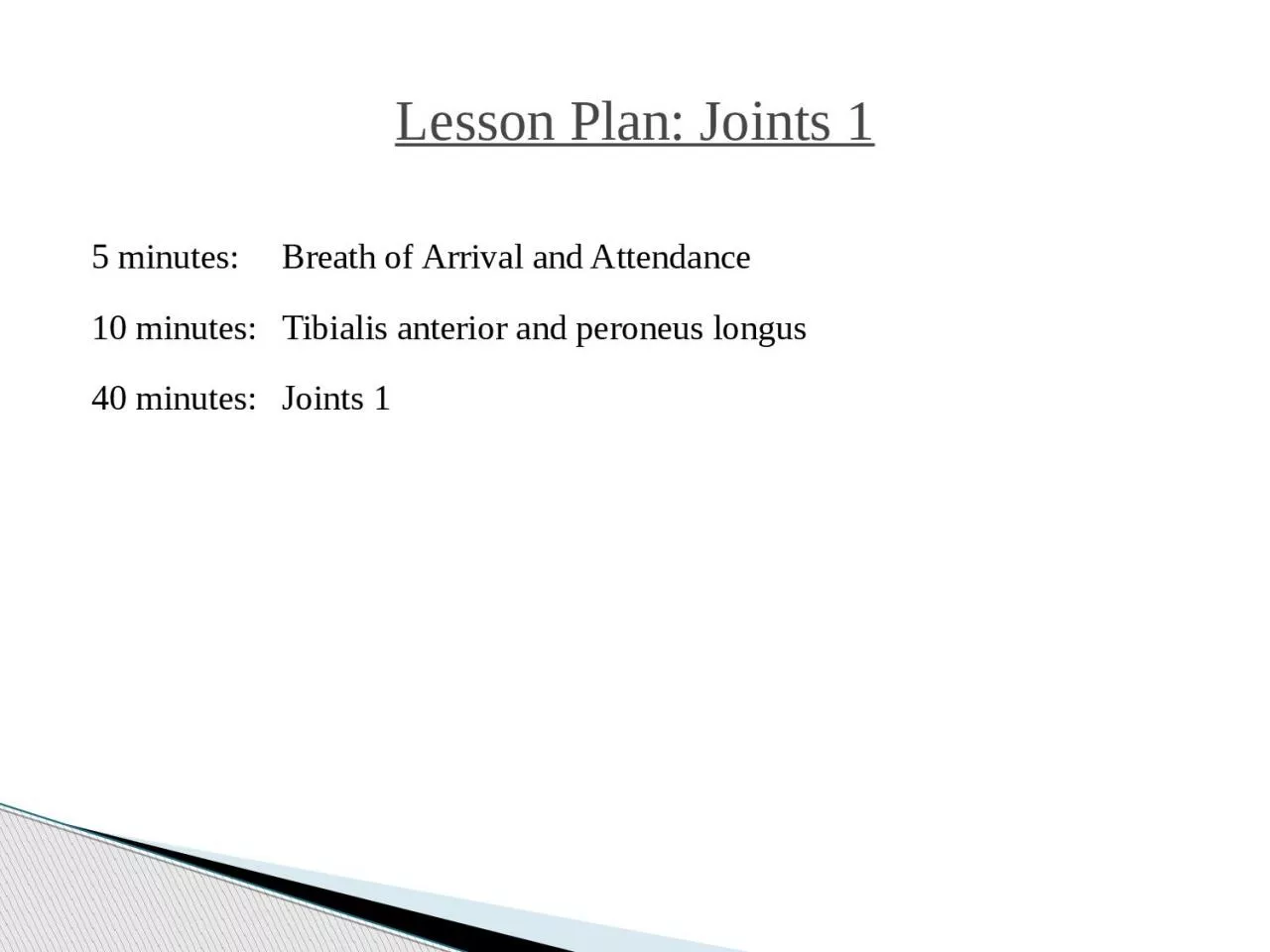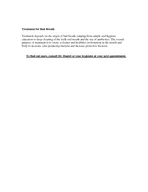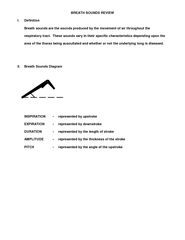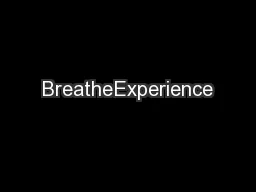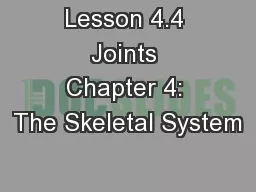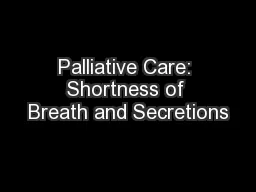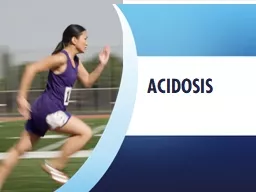PPT-Lesson Plan: Joints 1 5 minutes: Breath
Author : joanne | Published Date : 2022-06-08
of Arrival and Attendance 10 minutes Tibialis anterior and peroneus longus 40 minutes Joints 1 Classroom Rules Punctuality everybodys time is precious Be ready
Presentation Embed Code
Download Presentation
Download Presentation The PPT/PDF document "Lesson Plan: Joints 1 5 minutes: Breat..." is the property of its rightful owner. Permission is granted to download and print the materials on this website for personal, non-commercial use only, and to display it on your personal computer provided you do not modify the materials and that you retain all copyright notices contained in the materials. By downloading content from our website, you accept the terms of this agreement.
Lesson Plan: Joints 1 5 minutes: Breath: Transcript
Download Rules Of Document
"Lesson Plan: Joints 1 5 minutes: Breath"The content belongs to its owner. You may download and print it for personal use, without modification, and keep all copyright notices. By downloading, you agree to these terms.
Related Documents

